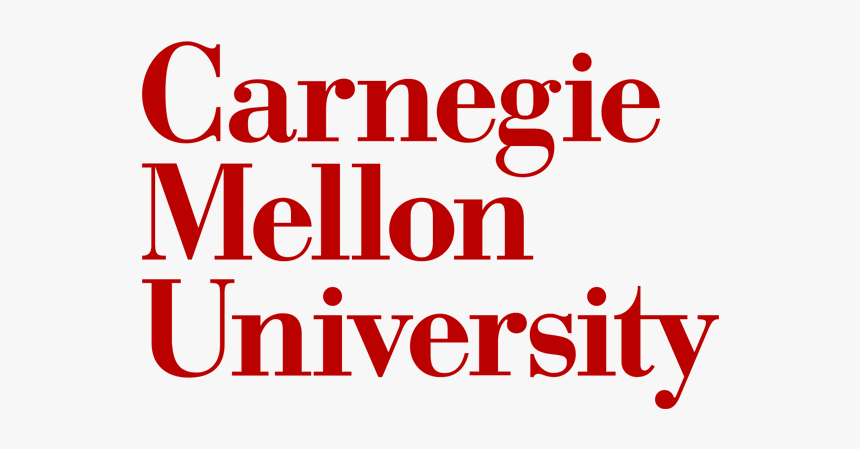Carnegie Mellon University: Taylor Tabb Bakes the Impossible
At 4 a.m. the morning of the senior design expo, Taylor Tabb, Evan Hill and Mitchell Riek were putting the finishing touches on Cheeseborg, a robot capable of cooking a grilled cheese sandwich. While his teammates were ready to get some sleep before the day’s presentation, Tabb wanted to document the success of a semester’s worth of hard work. After some badgering and cajoling, the team filmed a few short videos of the robot constructing, heating and finishing a grilled cheese, and off they went to bed.
After the excitement of winning two major awards at the expo, final exams and then graduating from Carnegie Mellon University, Tabb found the time to piece those clips together into a video showcasing Cheeseborg in all its glory and posted it online. Little did he know that two-minute video would lead to a seriously sweet opportunity.
Cheeseborg was a culmination of all the things Tabb did at CMU: his engineering studies, design classes he took just because they were interesting, his work building booths and engineering buggies for SigEp Racing, and his interest in creating a person-centered design experience through the medium of robots. Producers from Netflix saw the video and contacted Tabb about a spot on the show “Baking Impossible.”
The show’s premise is that it folds bakers together with engineers and then sets these teams of “bakineers” to compete in a batch of wacky challenges. The show’s first episode gave teams the task of creating a boat out of edible materials that not only can float but also navigate a water obstacle tank. The show is all about engineering feats through the medium of delicious baked goods.
“The science was simple. It was like high school physics, but the stakes were definitely higher because of the materials we needed to use, not to mention the cameras,” Tabb said.
The bakineer pairs needed a high level of cohesion and to blend their creativity to make use of edible materials and produce something visually striking that could survive the stress tests the judges administered to each creation.
This is where Tabb’s CMU experiences started cooking: he not only knew how to attack the challenges from an engineering perspective but also understood how to collaborate with non-engineers on projects. That made working with his baker-partner Cindy Ngar as smooth as a hot knife through butter.
Despite having never met before the show, Tabb and Ngar developed a partnership that blended their skills and knowledge. As Tabb said on the show “our talents are multiplicative, not summative.”
While the show’s edible boat was a piece of cake for Ngar and Tabb, other challenges weren’t as sweet. A shake table used to test how a structure responds to seismic performance in a later episode quite literally brought the gingerbread house down.
Overall, Tabb and Ngar’s innovation shone to create some truly remarkable pieces.
Taylor Tabb and Cindy Ngar work on their watermelon robot on the set of Netflix’s “Baking Impossible”. Photo Credit: Patrick Wymore/Netflix © 2020
Tabb called “Baking Impossible” an incredible experience. He’s always enjoyed science communication and was happy to see the positive audience response towards sprinkling engineering insights into baking.
So, what’s in store for Tabb going forward? Is he the next Bill Nye, translating educational concepts into bite-size pieces for a broader audience?
“That’s the dream,” laughed Tabb, “the idea of being somebody who brings joy into people’s lives and helps them explore the world through a scientific lens is something I would love to do more of.”
Tabb originally came to CMU as an undecided major in the Dietrich College of Humanities and Social Sciences. Even as he turned his studies toward engineering, he never shied away from engaging with other parts of the university or other activities such as CMU’s improv group, the No Parking Players. It was Tabb’s improv experience that set the foundation for his comfort being on camera.
“I’m definitely somebody who likes having a wide range of skills and seeing what can emerge when you have a breadth of information — rather than highly deep niche expertise,” Tabb said. “Engineering is not the only way to do things. Exploring other disciplines lets you realize there are other approaches to interpreting things and ways of characterizing big problems.”
For Tabb the real takeaway — what he hopes current students glean from his experience — is that anyone can take their interests and passions and translate them into something worthwhile.
“You, your way of thinking, and in turn the world around you are only enriched when we interact with people of disparate skills and backgrounds,” Tabb said. “The opportunities CMU affords to really cross bridges into different disciplines are one-of-a-kind, so take advantage.”

